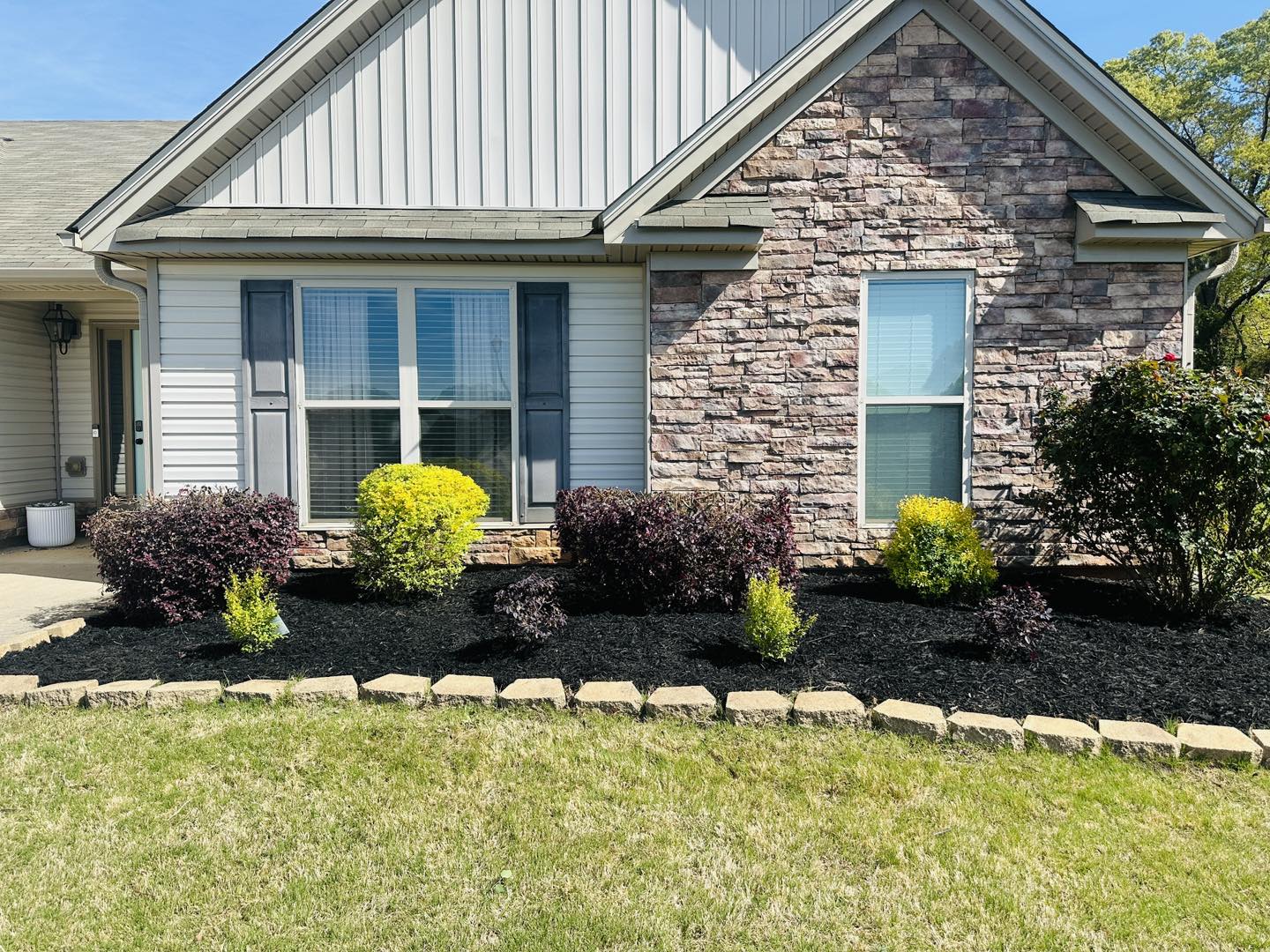
How to Choose the Right Plants for a Sustainable Landscape Design Oct 04, 2025
Start by Understanding Your Local Climate: Knowing your local climate is essential when selecting plants for your sustainable landscape design. This helps in choosing plants that are well-adapted to the temperature, rainfall, and seasonal changes typical in your area. For instance, drought-tolerant plants are perfect for arid climates, while frost-resistant species are ideal for regions with harsh winters. Researching native plants is a good starting point, as they have evolved to thrive in the local climate and soil conditions.
Consider Soil Type: The type of soil in your landscape will influence which plants will successfully grow. Conduct a soil test to identify its properties, such as pH level and drainage capabilities. Plants are more likely to thrive when they are compatible with the existing soil. Amendments can modify soil conditions, but selecting plants that naturally suit the soil type reduces the need for constant modifications and fertilizers, thereby enhancing sustainability.
Plan Placement Wisely: Planning the placement of each plant is another step in designing a sustainable landscape. Arrange taller plants where they can offer shade to smaller plants that prefer partial sun, reduce evaporation, and lower watering needs. Consider how high and wide each plant will grow to prevent overcrowding, which can lead to competition for resources and require more maintenance.
Embrace Diversity: Diversity in plant selection leads to a more resilient and attractive landscape. Incorporating a variety of species not only supports local wildlife, such as pollinators, but also reduces the risk of pests and diseases, as monocultures are more vulnerable to attacks. A diverse garden can withstand environmental stresses better and requires fewer chemical interventions, aligning with sustainable practices.
Opt for Perennials Over Annuals: When possible, prioritize perennials—plants that grow year after year. These require less maintenance than annuals, which need replanting each season. By applying mulch around perennials, you retain soil moisture and limit the growth of weeds, further cutting down on water use and the need for chemical herbicides.
Think About Watering: Consider installing a drip irrigation system to efficiently water your plants. This method reduces water waste by directly hydrating the roots and limits the risk of over-watering. Harvesting rainwater is another effective strategy to meet irrigation needs sustainably.
By integrating these principles into your landscape design at Castillo’s Lawn Care, you're not only creating a beautiful and functional outdoor space but also contributing positively to the environment. Selecting the right plants for your sustainable landscape fosters a balanced ecosystem, decreases maintenance efforts, and results in long-term savings on resources.
In conclusion, a sustainable landscape design requires thoughtful plant selection that aligns with climate, soil, and space considerations. Embracing these strategies helps ensure your landscaping efforts are both environmentally friendly and efficient. At Castillo’s Lawn Care, we are dedicated to helping you bring your sustainable landscape vision to life, providing expert guidance and services every step of the way.
/filters:no_upscale()/filters:format(webp)/media/43b3e0ab-6ef9-4eb5-8865-5b99064febc6.jpeg)